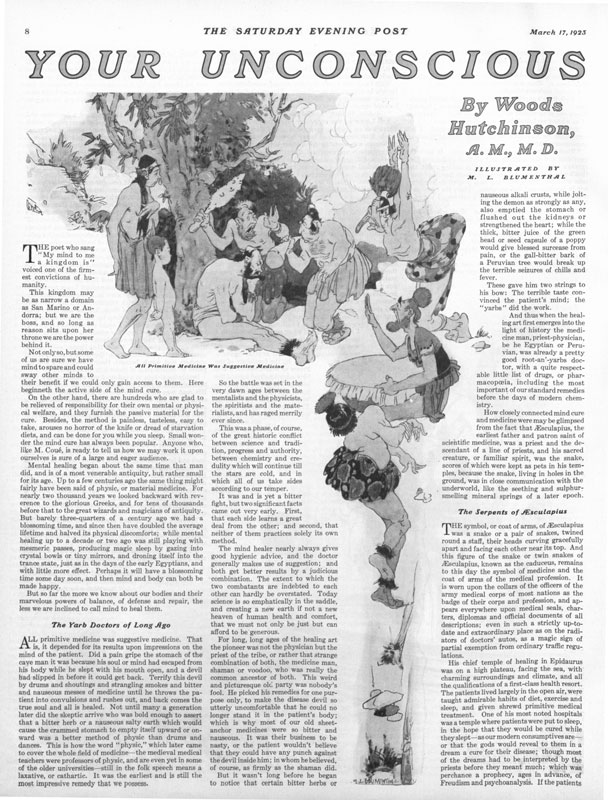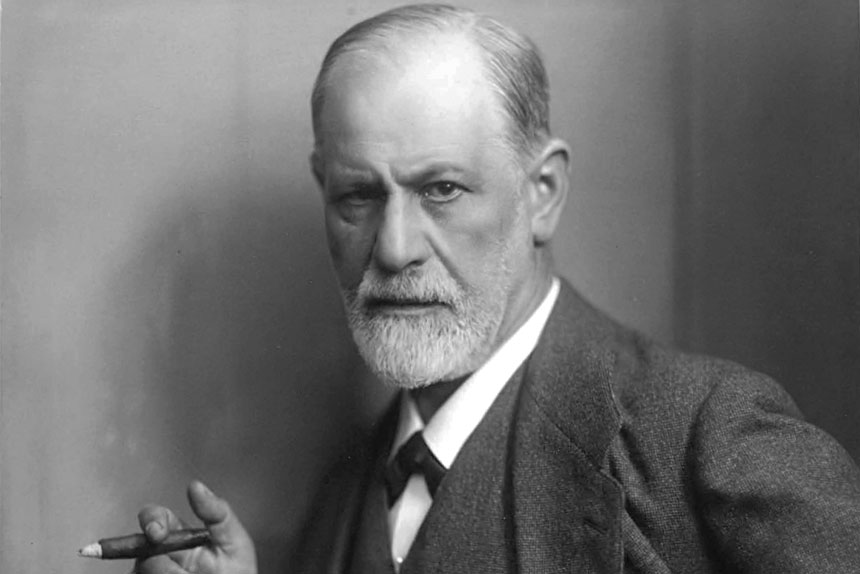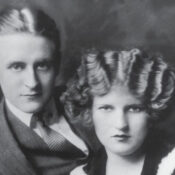—“From Your Unconscious Mind” by Woods Hutchinson, from the March 17, 1923, issue of the Post
Sigmund Freud believes many distressing and painful borderline conditions — half bodily, half mental — are due to forgotten memories of unpleasant experiences earlier in the patient’s life — often, indeed, in childhood.
These disagreeable episodes are often of a comparatively trivial nature, but because their recollection is annoying and humiliating to the patient, he has pushed them out of his memory and conscious mind down into the subconscious mind, where they have, so to speak, festered and steadily poisoned his whole mind and mental attitude, much as a blind abscess on the roots of a tooth will leak poison into the blood.
The therapist finds and lances these abscesses, which he calls buried complexes, showing how trivial it is when once faced and boldly discussed. His chief methods of mind analysis are … interpretation of dreams and free mental association, which involves putting the patient in a comfortable chair and encouraging him to let his mind ramble freely back through the patient’s history, which often takes months of sittings.

This article appears in the March/April 2023 issue of The Saturday Evening Post. Subscribe to the magazine for more art, inspiring stories, fiction, humor, and features from our archives.
Become a Saturday Evening Post member and enjoy unlimited access. Subscribe now




Comments
Freud likened this phenomenon to a blind abscess on the roots of a tooth, continually leaking poison into the bloodstream and affecting the entire body.